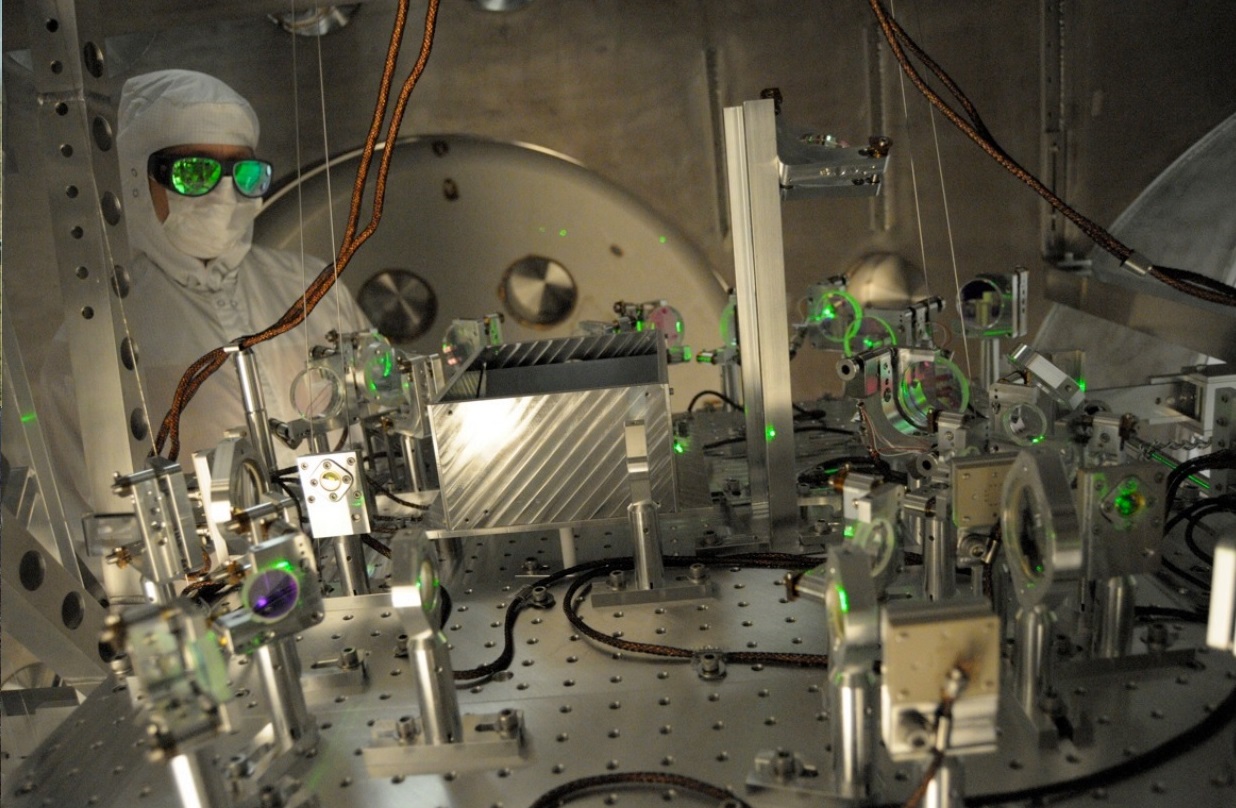[ad_1]

After three years of upgrading and waiting, due in part to the coronavirus pandemic, the Laser Interferometer Gravitational-wave Observatory has officially resumed its hunt for the signatures of crashing black holes and neutron stars.
“Our LIGO teams have worked through hardship during the past two-plus years to be ready for this moment, and we are indeed ready,” Caltech physicist Albert Lazzarini, the deputy director of the LIGO Laboratory, said in a news release.
Lazzarini said the engineering tests leading up to today’s official start of Observing Run 4, or O4, have already revealed a number of candidate events that have been shared with the astronomical community.
“Most of these involve black hole binary systems, although one may include a neutron star,” he said. “The rates appear to be consistent with expectations.”
One such event, called S230518h, was detected last week. Researchers say that if they can confirm the data, the event was most likely caused by the merger of a faraway black hole and a neutron star.
The twin LIGO gravitational-wave detectors at Hanford, Wash., and Livingston, La., will be joined for O4 by the Virgo detector in Italy as well as the KAGRA observatory in Japan. Virgo is scheduled to take part in the run starting later this year. KAGRA will parallel LIGO’s observations for the next month, take a break for some upgrades, and then rejoin the run.
Detecting gravitational waves is no easy task: Giant underground vacuum tunnels and complex laser systems had to be built to pick up on the faint ripples in spacetime caused by massive disturbances hundreds of millions of light-years away. LIGO’s researchers won the Nobel Prize for physics in 2017 for their initial set of discoveries, and the hardware has been upgraded for each successive run.
The third observing run had to be suspended in March 2020 because of public safety concerns associated with the COVID-19 pandemic, but researchers were nevertheless able to make a round of upgrades aimed at increasing the detectors’ sensitivity and reducing the “noise” in the data. The improvements made for O4 are expected to increase the detection rate for gravitational waves from twice a month to twice a week or more often.
“It’s really going to be a fire hose of detection,” Jeff Kissel, the controls engineer at the LIGO facility in Hanford, said in a video previewing the O4 run.
During the gap between O3 and O4, the Hanford facility opened a LIGO Exploration Center that features a 5,000-square-foot exhibit hall focusing on gravitational-wave science. The educational center is open from 9:30 a.m. to 4 p.m. PT Tuesday through Friday. LIGO Hanford also offers public tours of the observatory site on the second Saturday of each month.
[ad_2]
Source link

